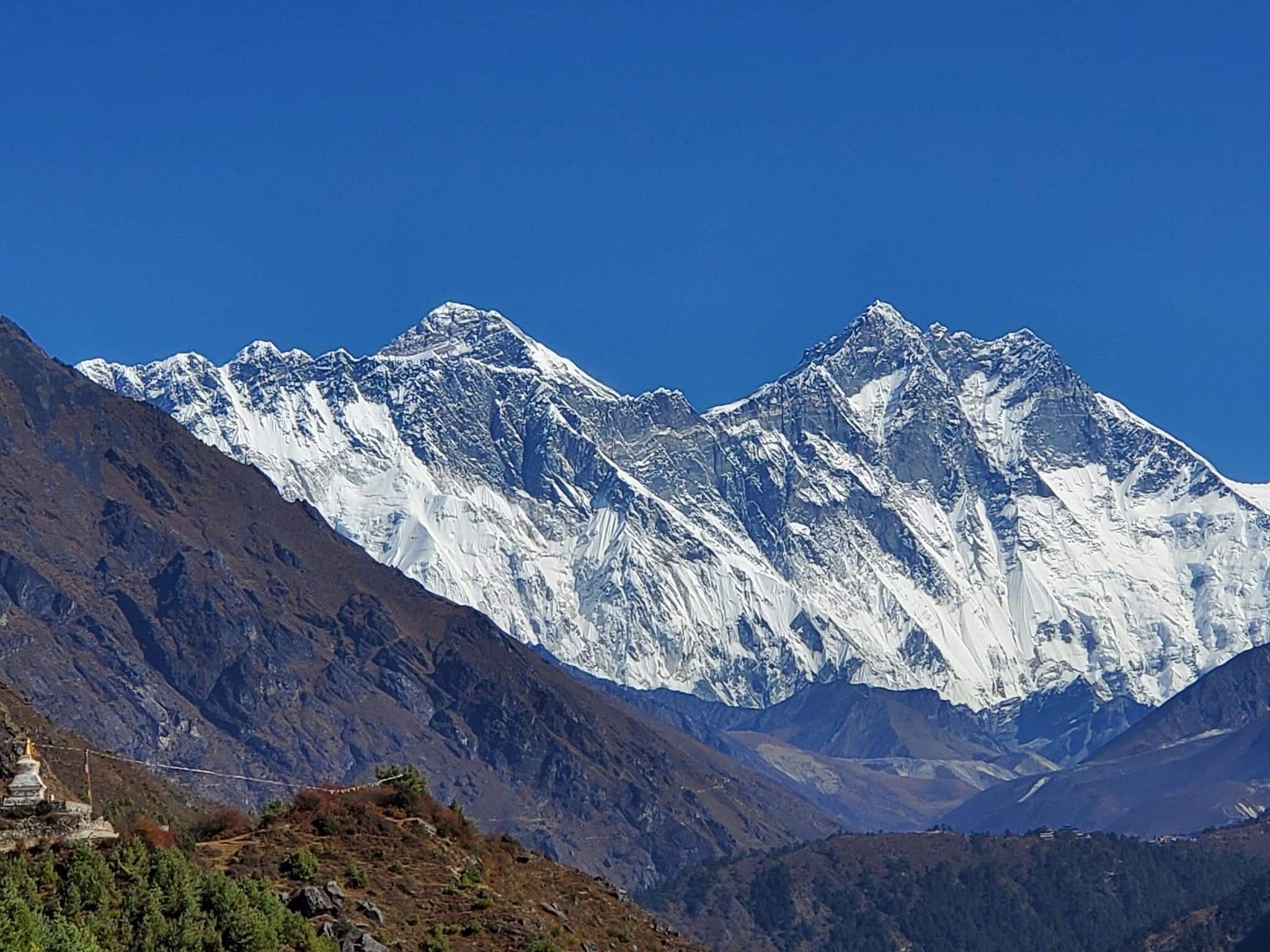“Embarking on the Ultimate Adventure: A Comprehensive Guide on How to Reach Everest Base Camp” Nestled in the heart of the Himalayas, Everest Base Camp (EBC) stands as a symbol of human determination and the relentless pursuit of adventure. Trekking to this iconic destination is a dream for many, and the journey is nothing short of a thrilling odyssey. In this comprehensive guide, we will unravel the secrets of reaching Everest Base Camp, providing you with valuable insights, tips, and the essential information needed for a successful and unforgettable trek.
Choosing the Right Route:
Before lacing up your hiking boots, it’s crucial to select the right trekking route. The two main trails leading to Everest Base Camp are the classic Everest Base Camp trek and the Gokyo Lakes trek. Each offers its unique charm, with the former providing iconic views of Everest and the latter showcasing the pristine beauty of the Gokyo Lakes. Consider your fitness level, time constraints, and personal preferences when making this decision.
Acclimatization Matters:
Acclimatization is the key to a safe and enjoyable trek to Everest Base Camp. The thin air at high altitudes can pose a threat to even the most seasoned trekkers. Plan your itinerary with ample acclimatization days, allowing your body to adjust gradually to the reduced oxygen levels. Key acclimatization points include Namche Bazaar, Dingboche, and Lobuche.
Permits and Documentation:
Nepal requires trekkers to obtain permits for the Everest region. The two essential permits are the Sagarmatha National Park Entry Permit and the Khumbu Pasang Lhamu Rural Municipality Entry Permit. Ensure you have these permits before commencing your trek. Additionally, carry a copy of your passport, visa, and other relevant identification documents.
When to Go:
Timing is crucial when planning your Everest Base Camp trek. The ideal trekking seasons are pre-monsoon (spring) from March to May and post-monsoon (autumn) from September to November. These periods offer stable weather conditions, clear skies, and optimal temperatures for trekking. Avoid the monsoon season and the harsh winter months to ensure a safer and more enjoyable experience.
Gear and Equipment:
Packing the right gear is essential for a successful trek. Ensure you have sturdy, broken-in hiking boots, warm clothing layers, a quality sleeping bag, trekking poles, and a reliable backpack. Invest in a good quality down jacket, as temperatures can drop significantly at higher elevations. Don’t forget essentials like a hat, gloves, sunglasses, and a water purification system.
Choosing the Right Trekking Company:
While it’s possible to trek independently, many adventurers opt for the support of a reputable trekking company. A knowledgeable guide and a well-organized trekking agency can enhance your experience, provide valuable insights, and ensure your safety. Research and read reviews to select a company with a proven track record in organizing Everest Base Camp treks.
Physical Preparation:
The trek to Everest Base Camp demands physical endurance and mental resilience. Start a training regimen well in advance, incorporating cardiovascular exercises, strength training, and long hikes to prepare your body for the challenges of trekking at high altitudes. Building stamina is crucial for tackling the varying terrains and extended trekking durations.
Budgeting and Costs:
Budgeting is a crucial aspect of planning any trek. Consider costs for permits, accommodation, meals, guides, and transportation. Prices may vary based on the season and the services provided by your chosen trekking company. Have a clear understanding of your budget and allocate funds accordingly to avoid any financial hurdles during your journey.
Cultural Sensitivity:
The Everest region is rich in Sherpa culture, and it’s important to respect local customs and traditions. Engage with the local community, greet people with a “Namaste,” and be mindful of cultural sensitivities. Understanding and appreciating the local way of life will enrich your trekking experience.
Conclusion:
Embarking on a journey to Everest Base Camp is a once-in-a-lifetime adventure, offering breathtaking landscapes and a profound sense of accomplishment. By choosing the right route, prioritizing acclimatization, obtaining necessary permits, and preparing both physically and mentally, you can ensure a safe and memorable trek. Remember, the journey to Everest Base Camp is not just about reaching the destination; it’s about embracing the challenges, savoring the moments, and immersing yourself in the awe-inspiring beauty of the Himalayas. So, lace up your boots, breathe in the crisp mountain air, and step into the extraordinary world of Everest Base Camp.

